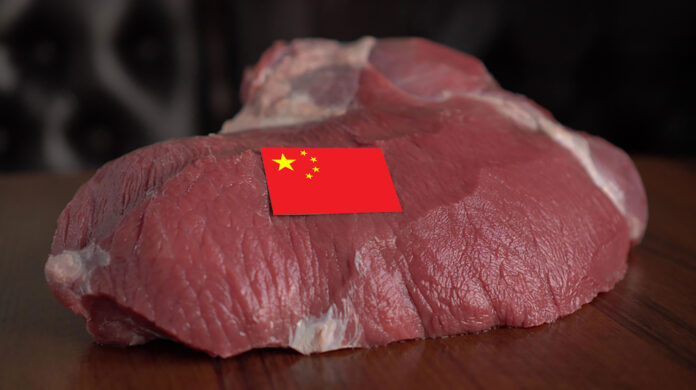Pakistan’s meat industry stands at a critical juncture, facing both significant challenges and promising opportunities. Despite being a major producer of meat, with an output of 5.809 million metric tons in 2024, the country’s export potential remains largely untapped due to structural issues plaguing the sector. These challenges range from the absence of a robust livestock traceability system to the prevalence of Foot and Mouth Disease (FMD), and from the lack of large-scale feedlots to the persistence of informal, undocumented supply chains.
However, amidst these obstacles, a ray of hope emerges in the form of Pakistan’s strategic geographical position and its growing presence in niche markets. The country has carved out a significant market share in the Gulf Cooperation Council (GCC) countries, particularly in the fresh or chilled bovine meat segment. This success, while noteworthy, also highlights the need for diversification as global meat consumption trends shift towards frozen and processed products.
The recent breakthrough of The Organic Meat Company Limited (TOMCL) in the Chinese market serves as a testament to the untapped potential of Pakistan’s meat industry. This development opens up new avenues for Pakistan’s meat sector, but does it have the potential to convert Pakistan from a regional player to a global competitor? The content in this publication is expensive to produce. But unlike other journalistic outfits, business publications have to cover the very organizations that directly give them advertisements. Hence, this large source of revenue, which is the lifeblood of other media houses, is severely compromised on account of Profit’s no-compromise policy when it comes to our reporting. No wonder, Profit has lost multiple ad deals, worth tens of millions of rupees, due to stories that held big businesses to account. Hence, for our work to continue unfettered, it must be supported by discerning readers who know the value of quality business journalism, not just for the economy but for the society as a whole.To read the full article, subscribe and support independent business journalism in Pakistan









